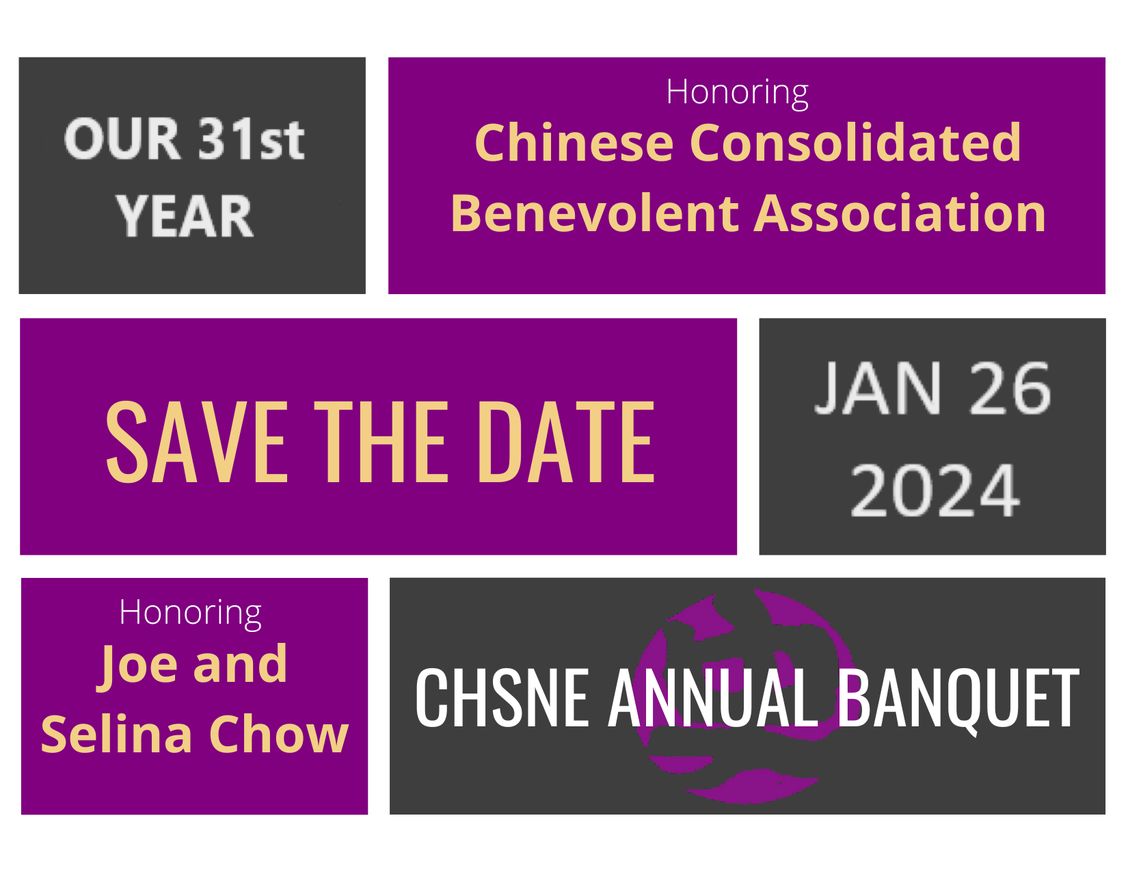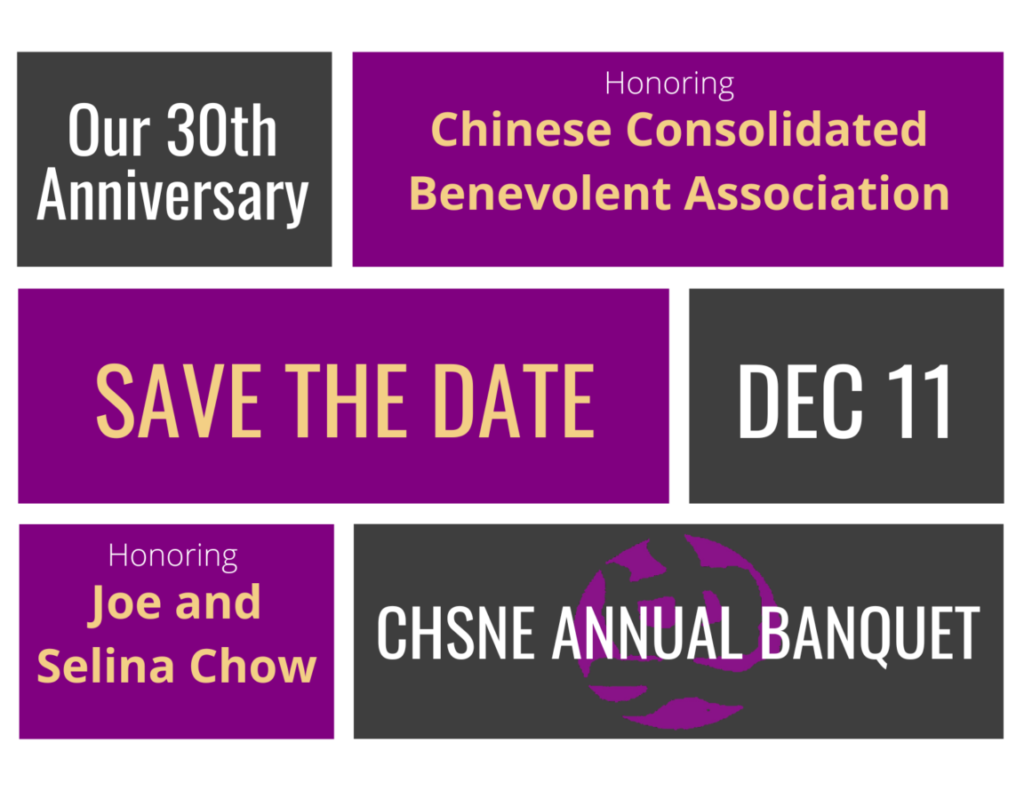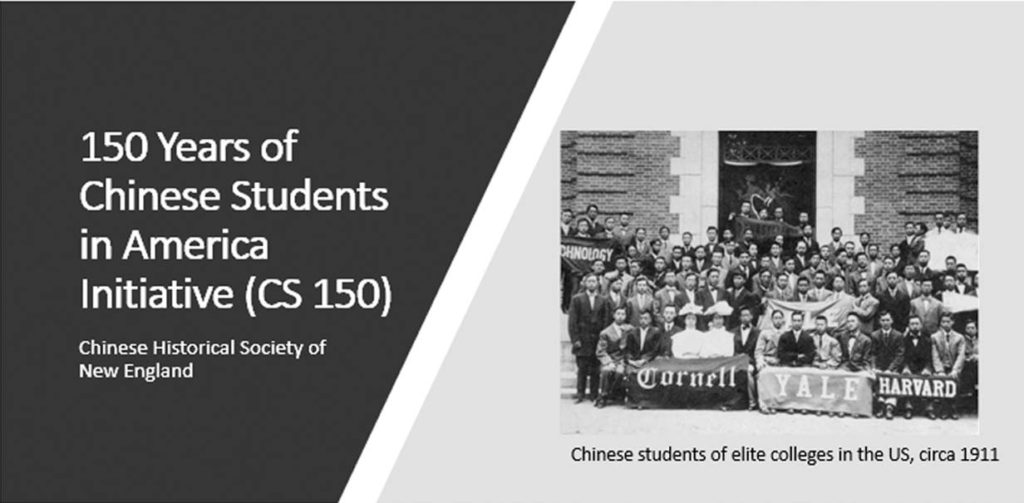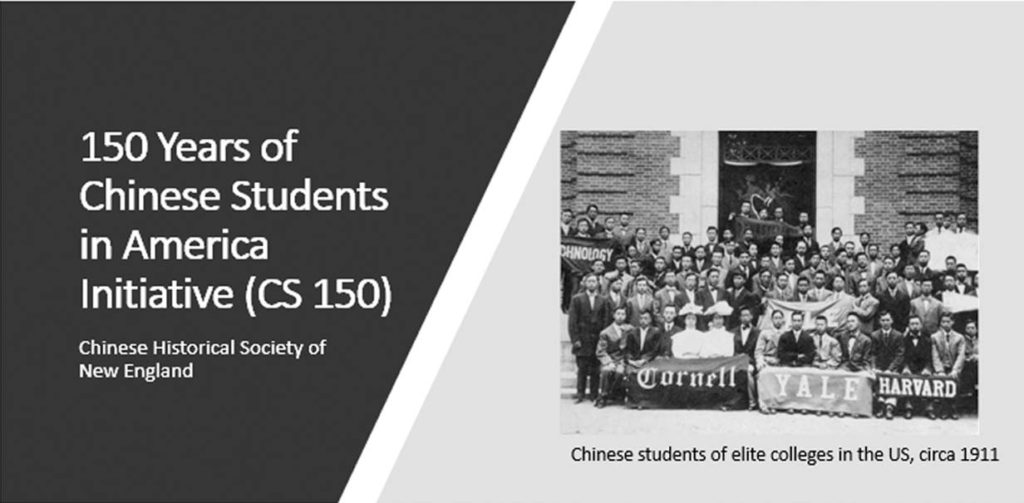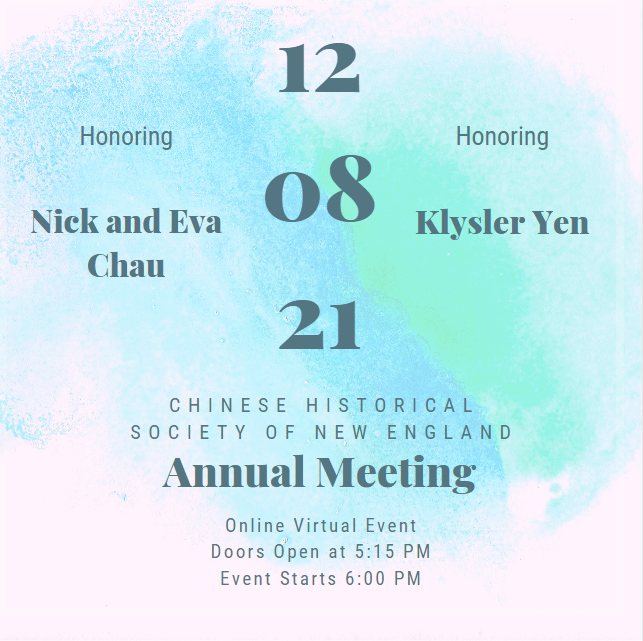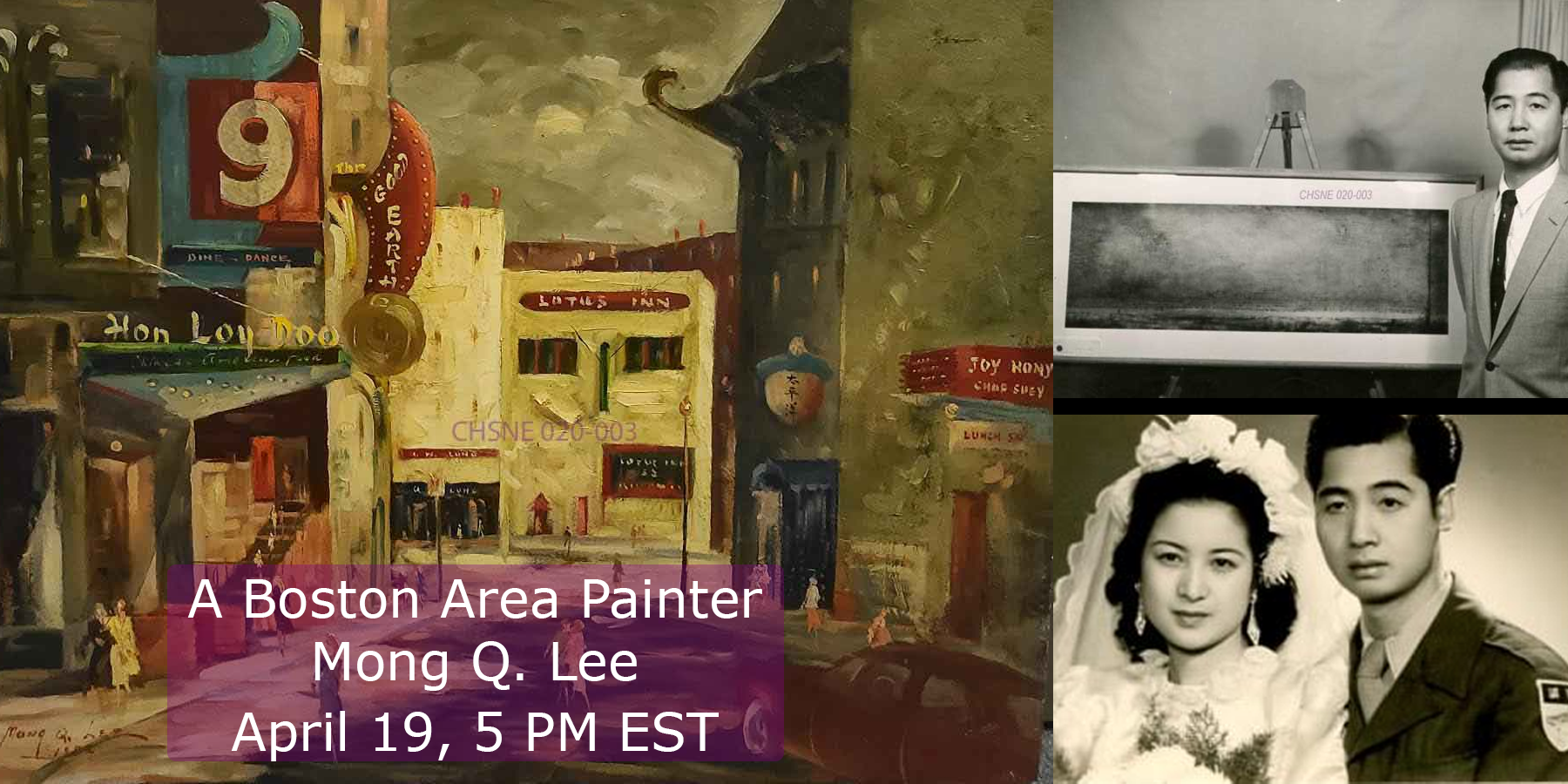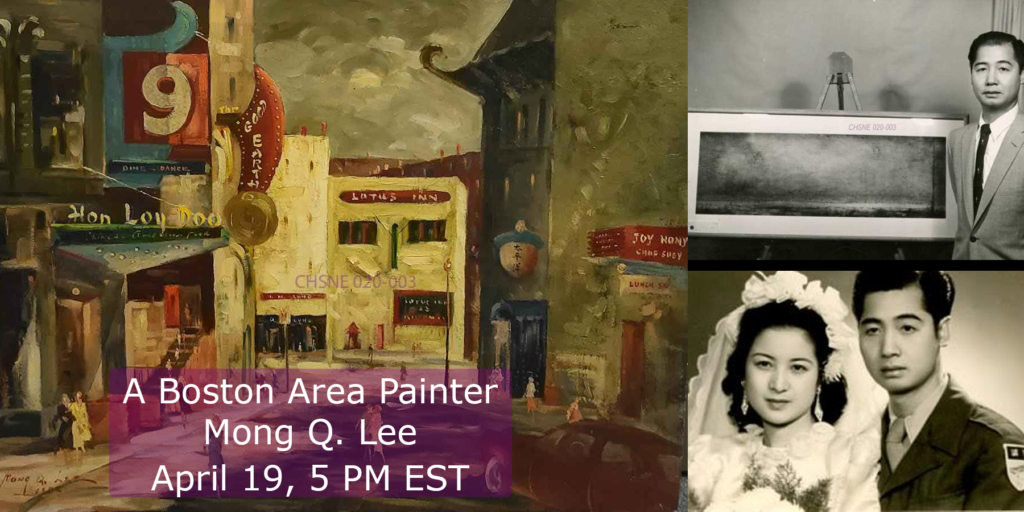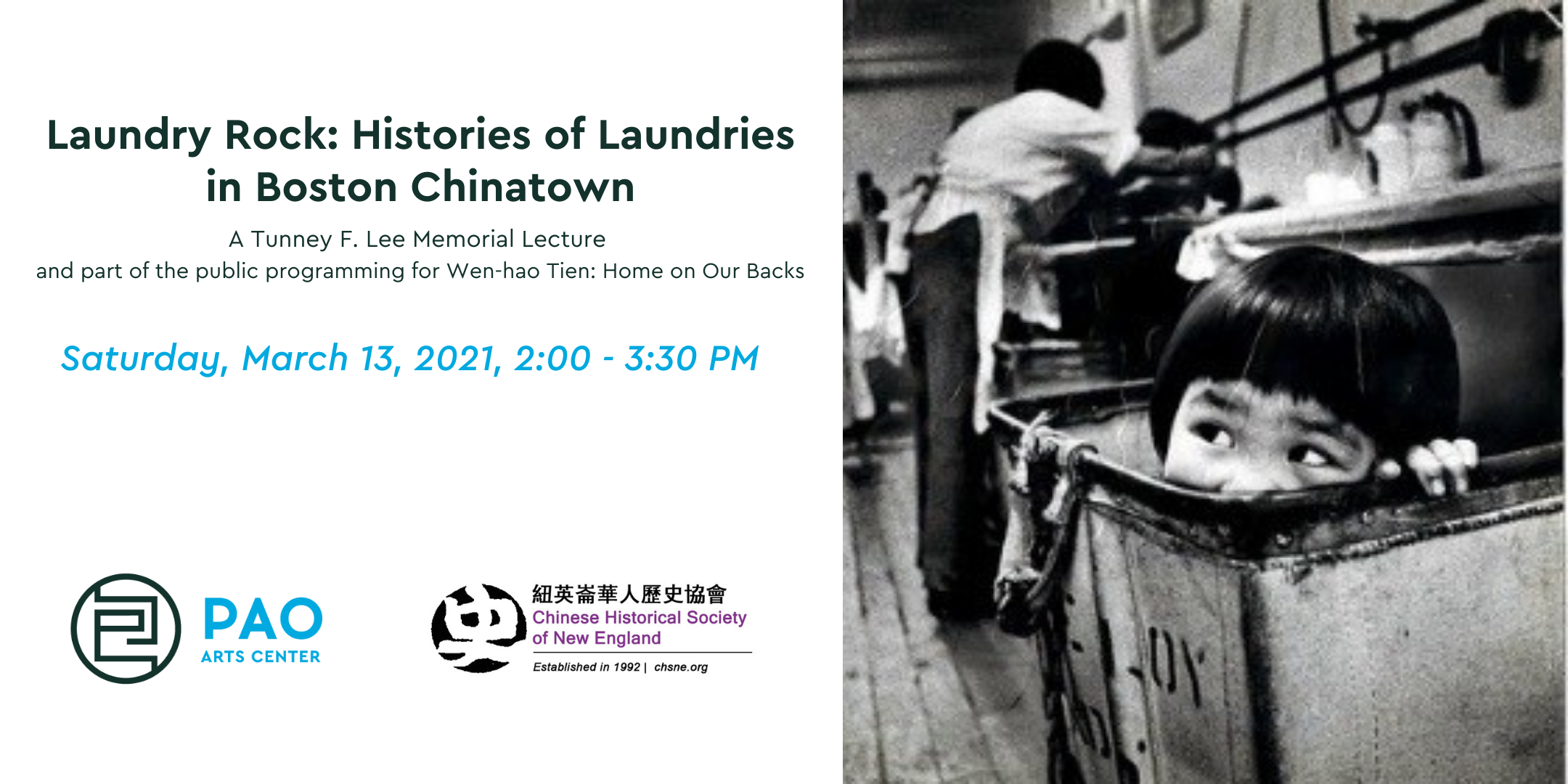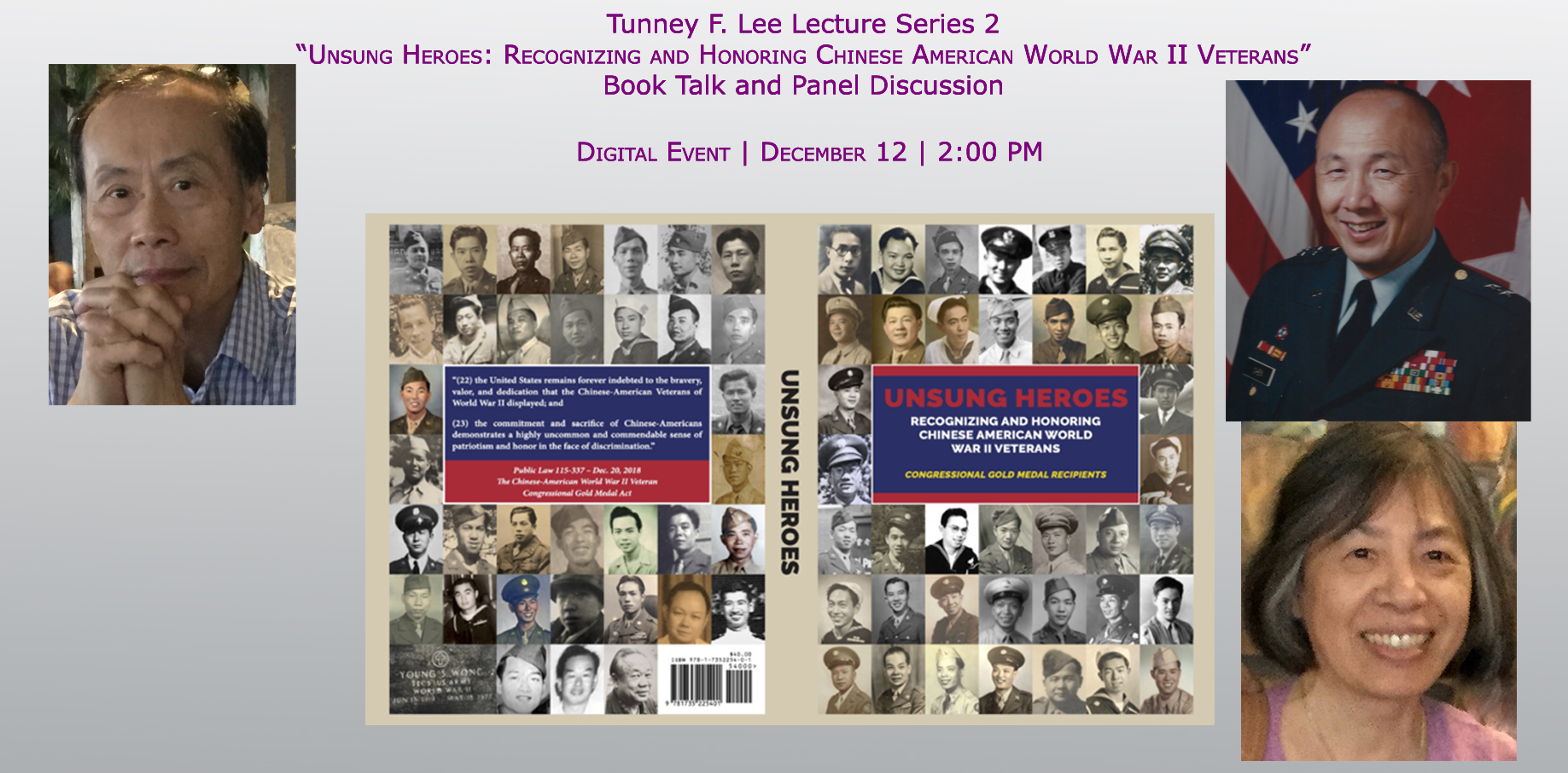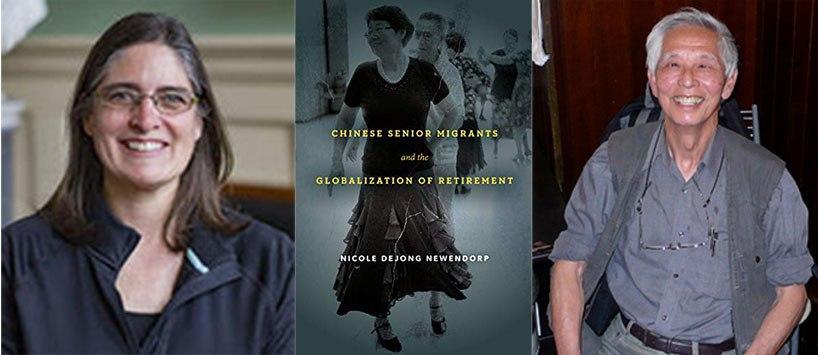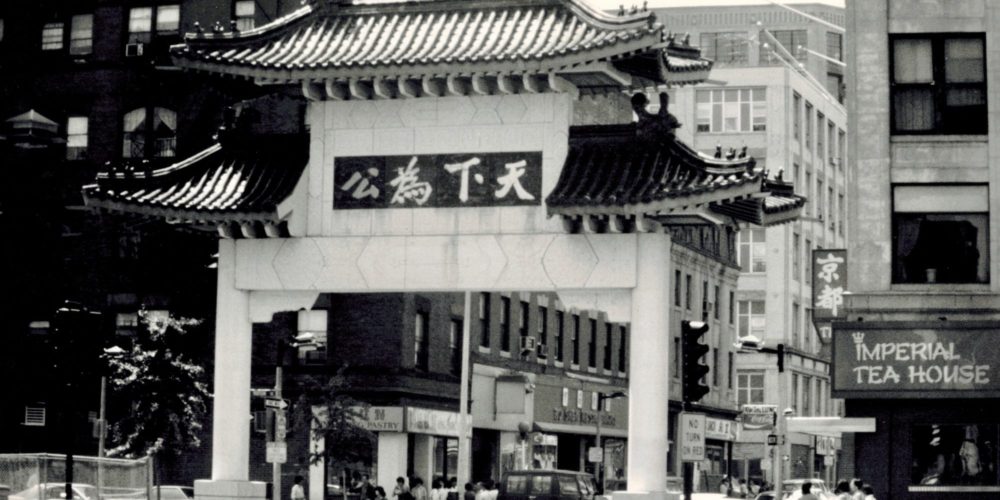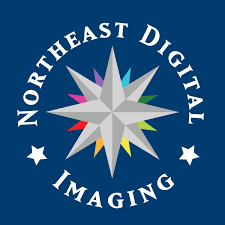
Laundry Rock
Pao Arts Center & Chinese Historical Society of NE present Tunney Lee Memorial Lecture Series, Laundry Rock: Histories of Boston’s Chinatown
Virtual Seminar with Question and Answer Segment
Buy tickets here!“Unsung Heroes: Recognizing and Honoring Chinese American World War II Veterans” Book Talk and Panel Discussion
Virtual Seminar with Question and Answer Segment
December 12, 2020 2:00 PM EST
Buy tickets here!Tunney F. Lee Memorial Lecture Series
Nicole Newendorp
Stories from the City: Contemporary Chinese Senior Migrants and Boston’s Chinatown
Virtual Seminar with Question and Answer Segment
Saturday, September 26, 2:00 PM EST
Zoom virtual event.
Over the past several decades, increasing numbers of Chinese-born senior citizens have left China to migrate to the U.S. for the first time as older adults. For many of these seniors, their recent moves are tied to long histories of emigrant pathways from Guangdong Province to the U.S.—echoing similar kinds of influences that affected Tunney Lee to come to Boston in 1938 when he was 7 years old. In this talk, Nicole Newendorp will take inspiration from Tunney Lee’s belief that to understand a city, it’s necessary to know stories about the people who live there: Who are they? What are their lives like? What’s brought them there? She will focus on the stories she heard while doing 7 years of ethnographic research among seniors who hail from Guangdong Province and have relocated in their 60s and 70s to Boston, where they work in restaurants, as caregivers for children or infirm adults, as janitors and hotel cleaners, and, in a handful of cases, as administrative help in Boston Chinatown offices. Through these stories, Nicole traces the historical pathways that have led to seniors’ later-life migration trajectories and explore the continuities and changes that have animated some typical Chinese immigrant experiences to the U.S. over the past 100+ years.
